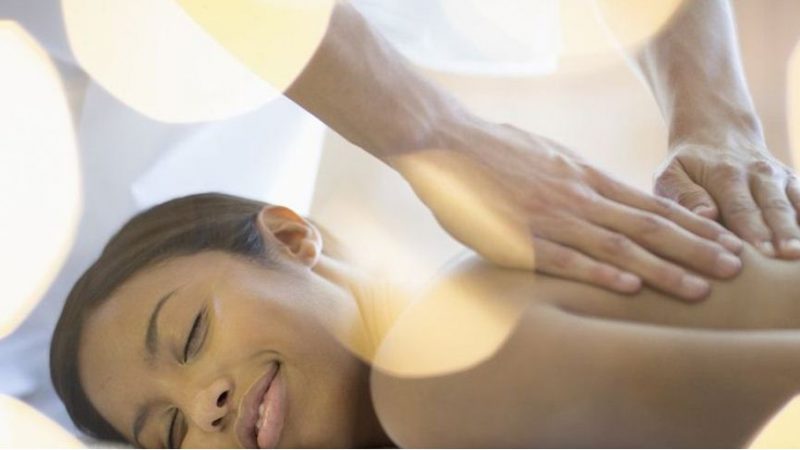A Quick Waterproofing Membrane Guide

Concrete spalling, otherwise known as concrete cancer, causes expensive problems. Brisbane city hall spent $200 million to fix their spalled foundation.
Now if only there was a way to prevent that problem. You’re in luck, since adding a waterproofing membrane on new construction is more common these days. A lot of engineers specify it as a priority in areas with high water tables or problems with runoff.
You might not have to spend millions in repair, but fixing a foundation is one of the most costly repairs to a home.
What is a waterproofing membrane and what does it do? Keep reading to find out how the best waterproofing membrane can help you.
What Is a Waterproofing Membrane?
A waterproofing membrane is a layer of waterproof material that acts as a barrier. This prevents water from getting into an area you’d rather it not reach. For example, common areas to have waterproof membranes are:
- Bathrooms
- Foundations
- Roofs
- Plant rooms or indoor gardens
- Green roofs
- Landscaping
- Parking garages
- Sidewalks and other pedestrian areas
- Decks
- Basements
- Swimming pools
An EVOH membrane, for example, will allow water to exit the membrane but not enter. In other words, it won’t allow water to come in contact with the concrete foundation. This is perfect since water seeping into a foundation can cause mold issues and concrete cancer (also known as “spalling”).
Types of Waterproofing Membrane
There are two main types of waterproofing membranes. Liquid-based and sheet-based membranes. A waterproofing membrane sheet is placed under a foundation before it is poured.
Some membranes come in rolls of self-adhesive sheets, some get applied using a blowtorch, and others are sprayed or rolled on liquids.
For shower waterproofing membranes, the sheet protects the walls from moisture and vapor. Imagine running your shower for about five and a half days. That’s about how long a typical couple will spend, per year, in the shower.
With all that time, over a few years with a poorly rated waterproof membrane, or improperly placed one, you could end up with mold and rot.
The sheet usually adheres to unmodified cement applied to drywall or sheetrock in the shower area. Tile or another surface treatment of your choice goes over that. A shower should last between 15 to 20 years, depending on what it’s made of and the maintenance you give it.
Liquid-based waterproofing is usually sprayed on and also provides a flexible membrane for podium decks, green roofs, balconies, water tanks, and other industrial places.
Liquid-based waterproofing may be uneven, but a sheet is always a consistent thickness. Liquid membranes need more time to dry or set than sheet membranes
Waterproofing Membrane: Going Long on Keeping Dry
A waterproofing membrane isn’t a solution that you’ll (typically) see immediate performance with. What you will see is various parts of your structure being protected from the environment, especially moisture, over time. That means an extended lifetime on major parts of your structure.
Waterproofing is a protective measure that can save you money over time.
Need to know more about how to keep your building in tip-top shape? Keep browsing our articles for the latest in home and construction tips and advice!






